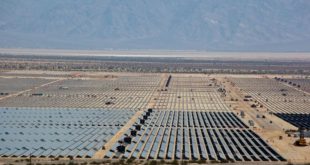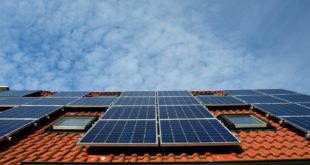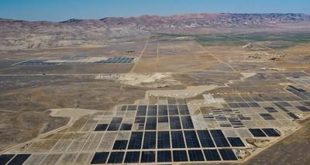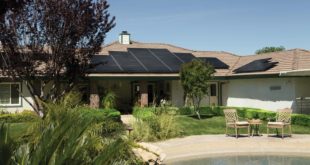 We are always on the look out for great information and research on the emerging alternative energy markets. Solar is of course the best known of them all and so we have a special place for new and in depth information on the growth of solar and where the market may be going in terms of residential solar power. Here is a sampling of a new report on residential solar that we thought would be valuable to our readers. Link at the end is to the full report from IBISWorld.
We are always on the look out for great information and research on the emerging alternative energy markets. Solar is of course the best known of them all and so we have a special place for new and in depth information on the growth of solar and where the market may be going in terms of residential solar power. Here is a sampling of a new report on residential solar that we thought would be valuable to our readers. Link at the end is to the full report from IBISWorld.
US Consumers Poised To Capitalize – Residential Solar in 2011
If you want to look into the future of sustainable energy in the United States, look at solar power. If you want to look into the future of solar power, look at the prices for solar panels. If you want to look at the future of solar panels, look to China.
Generally, most solar manufacturing capacity takes place in China, where low-cost labor allows companies to produce cheaper products. Beyond cheap labor, lucrative partnerships with governments in that country allow solar panel companies to take out favorable loans from state-run banks, according to a recent New York Times article. [“Solar Panel Maker Moves Work to China,” Jan. 14. Online.] These conditions have placed China at the epicenter of solar panel production, and manufacturing capacity there comprised more than half of global production in 2010. US-based energy analysis firm GTM Research puts China’s share of the US solar panel market at 23 percent in 2010, with that number projected to continue rising, according to the same article.
Back at home, recent developments in solar technology as well as the proliferation of solar companies in states like California, Arizona, Colorado, and New Jersey have put residential solar on the minds of many US homeowners. Companies such as San Francisco-based SunRun have led the push for integrating solar energy into consumers’ homes, while innovative pricing plans along with government incentives to go green have put formerly prohibitively expensive upgrades within reach for many homeowners. IBISWorld estimates the Solar Power Generation industry grew at an annual rate of 6.9% in the five years to 2010 as consumers and businesses generated power from solar. Also, developments in solar panel demand overseas are shaping up to reduce the up-front costs of solar installation.
If the above conditions have you burning to go green, here’s a few things to consider before canceling your utility service. Regardless of any hype surrounding the matter, solar affordability ultimately depends on the cost of solar panels, electricity prices and the financing methods available for system purchases.
the report at http://www.ibisworld.com/Common/MediaCenter/Solar2011.pdf.
 Alternative Energy HQ solar power for homes, wind energy, and bio fuel issues
Alternative Energy HQ solar power for homes, wind energy, and bio fuel issues






